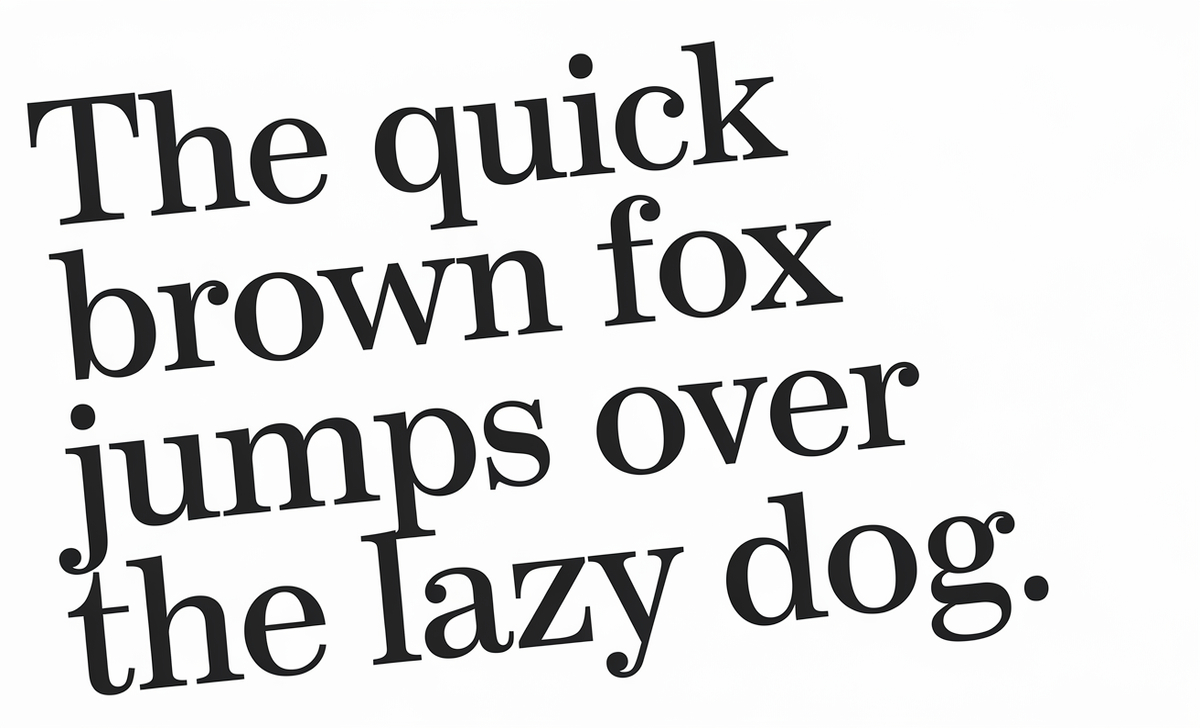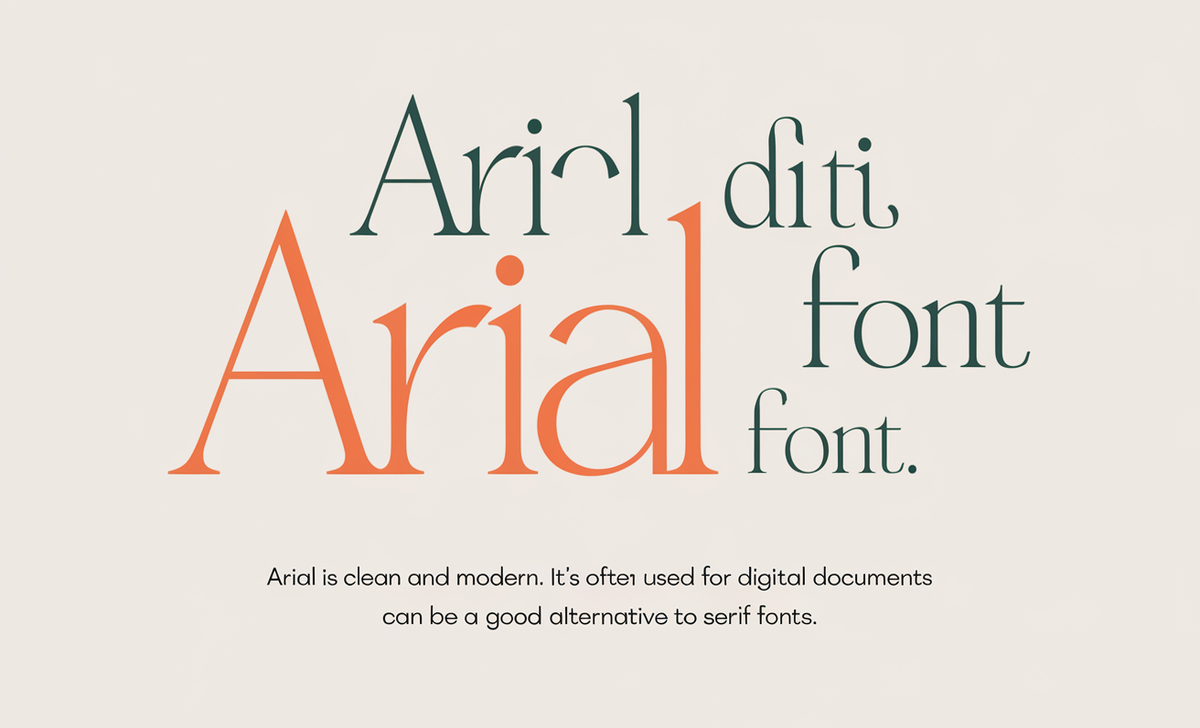When writing academic papers, choosing the right font is crucial. The font affects readability, presentation, and professionalism. The right font not only helps convey your message clearly but also adheres to the standards expected in academic settings.
In this article, we’ll explore the best fonts for academic papers, discussing their characteristics, benefits, and the contexts in which they are most appropriate. Here’s a guide to the best fonts for academic writing.

Popular Font Choices For Academic Papers (Recommended Fonts)

The font you choose for an academic paper sets the tone for your work. It affects how your audience perceives your writing and can influence the clarity of your arguments.
Fonts that are easy to read can help maintain the reader’s attention, while poorly chosen fonts can detract from the content itself. In academia, where professionalism and attention to detail are paramount, selecting an appropriate font is crucial.
Times New Roman

Times New Roman is often considered the standard font for academic writing. It is a serif font with small lines or decorative strokes at the ends of its letters. This font is widely accepted in various academic fields, particularly in humanities and social sciences.
Its classic look and excellent readability make it a reliable choice for formal papers. Many institutions and publication guidelines recommend or require Times New Roman to be 12-point in size.
- This classic serif font is often the default choice in Microsoft Word. It’s widely accepted in academic settings and provides excellent readability.
Arial

Arial is a sans serif font, characterized by clean lines and a modern appearance. It is often used in fields that prefer a more contemporary look, such as business and some areas of science. Arial is particularly beneficial for presentations or papers where clarity is essential, as its simple design enhances legibility on screens.
- Arial is clean and modern. It’s often used for digital documents and can be a good alternative to serif fonts.
Calibri

Calibri is another sans-serif font that has gained popularity in academic writing, especially since it became the default font in Microsoft Word. It is familiar for its soft, rounded edges, making it easy on the eyes. Many institutions accept Calibri in academic papers, particularly in STEM fields.
Book Antiqua
Book Antiqua is a serif font that offers a classic and elegant appearance. It is similar to Times New Roman but has a slightly more modern feel. This font often shines in the humanities and social sciences, providing a professional yet approachable look.
- This serif typeface offers a more elegant look. It’s readable and suitable for printed material, making it a popular essay choice.
Century Schoolbook
Century Schoolbook is a serif font best for its readability and classic design. Often used in educational materials, it has a friendly and approachable appearance that can enhance the readability of academic papers. Its slightly larger x-height makes it easy on the eyes, making it a great option for long documents.
- Known for its clarity, this classic serif font is great for long texts. It enhances readability in printed documents.
Trebuchet MS
Trebuchet MS is a sans-serif font designed for clarity and readability, especially on screens. Its modern, clean lines make it suitable for academic papers in a variety of fields. Trebuchet MS often shines in presentations and digital formats. A versatile choice for both print and electronic submissions.
- Another sans serif option, Trebuchet MS is popular for its legibility on screens. It’s a solid choice for academic essays, especially in digital formats.
Font Size and Style
The standard font size for academic papers is typically 12-point. This size ensures readability without overwhelming the reader. When using italics or bold styles, keep them minimal. Overusing bold or italics can distract from the main text. In addition to choosing the right font, font size and style are essential considerations.
Serif vs. Sans Serif
Serif fonts, like Times New Roman and Book Antiqua, are generally preferred for body text in academic writing. They guide the reader’s eye along the lines of the text. Sans serif fonts, such as Arial and Trebuchet MS, work well for headings and shorter sections of text.
Font Choice Guidelines
Always check your institution’s specific guidelines regarding font choice. Many universities have established standards for academic writing, and adhering to these guidelines is crucial for maintaining professionalism. If you submit work to a journal, consult the publication’s submission guidelines, which often specify preferred fonts and sizes.
- Readability: Ensure the font you choose is easy to read. Fonts with excellent readability will keep your audience engaged.
- Professionalism: Stick with standard fonts. Unusual or decorative fonts can detract from your paper’s professionalism.
- Consistency: Use the same font throughout your document. Mixing fonts can make your paper look disorganized.
Using Google Fonts
If you’re looking for alternatives, Google Fonts offers a wide range of typography options. You can find both serif and sans serif fonts, including popular choices like Arial font, that fit your academic needs. These fonts suit various projects, from essays (e.g., College Essay) to more specialized documents, ensuring excellent readability and style. Additionally, you can explore options for symbol fonts to enhance your paper’s presentation.
Conclusion
Choosing the right font for your academic paper is essential. Stick with classic serif fonts like Times New Roman or opt for modern sans serif options like Arial.
Ensure readability and professionalism to make a great impression. Fonts like Times New Roman, Arial, Calibri, Georgia, Book Antiqua, Century Schoolbook, and Trebuchet MS are widely popular and enhance readability. Remember to consider font size, style, and institutional guidelines to ensure your paper meets academic standards.
FAQs
1.What Is The Best Font For Academic Papers?
Times New Roman is often recommended, but Arial is also a good choice.
2.Why Are Serif Fonts Preferred For Academic Writing?
Serif fonts enhance readability and are traditionally used in printed materials.
3.What Font Size Should I Use In Academic Papers?
A 12-point font size is standard for most academic papers.
4.Can I Use Google Fonts For Academic Papers?
Yes, Google Fonts offers many professional fonts suitable for academic writing.
5.Should I Use Bold Or Italic Fonts In My Paper?
Use bold and italic sparingly to avoid distracting from the main text.











